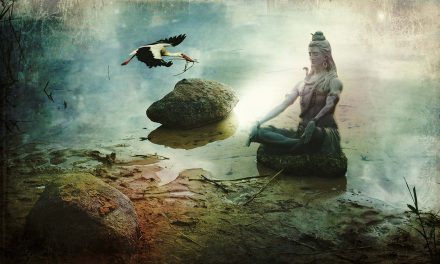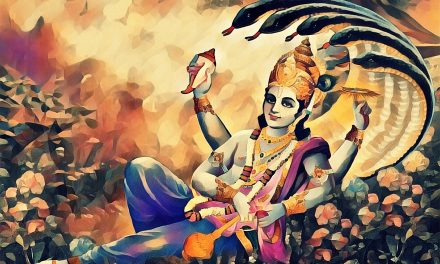On the outside-facing walls of the central cella of Lord Brahma’s temple at Prambanan are a number of relief panels that portray 27 groups of Brahman holy men, or rishis. Scholars have concluded that the figures in these panels correspond with a list from the Vishnu Purana which presents the holy men responsible for editing the Vedas over the course of a Manvantara, which is a long-term time cycle.
“In every third world age (Dvapara), Vishnu, in the person of Vyasa, in order to promote the good of mankind, divides the Vedas, which is properly but one, into many portions. Observing the limited perseverance, energy, and application of mortals, he makes the Veda four-fold, to adapt it to their capacities; and the bodily form which He assumes, in order to effect that classification, is known by the name of Veda-vyasa. Of the different Vyasas in the present Manvantara (4.32 Billion solar years), and the branches which they have taught, you shall have an account.”
“Twenty-eight times have the Vedas been arranged by the great Rishis in the Vaivasvata Manvantara…and consequently eight and twenty Vyasas have passed away; by whom, in the respective periods, the Veda has been divided into four. The first… distribution was made by Svayambhu (Brahma) himself; in the second, the arranger of the Veda (Vyasa) was Prajapati….(and so on up to twenty-eight).”
Since the first and foremost editor of the Vedas was Brahma himself, followed by 27 Vyasa’s in succession, it seems to be no coincidence that the Brahma temple at Prambanan bears the images of 27 groups of rishis on the walls of the Brahma temple’s main cella.
What may also be relevant is that, according to certain ancient Vedic astronomy texts, the constellation of the Seven Rishis (Sapdarishi) — which is known as Ursa Major in the western world — is said to rule for one hundred years over each of the sky’s 27 asterisms in succession. This means they are taking 2,700 years to complete one complete revolution of the night sky. In this particular case, the Brahma temple presents a model of the revolution of space/time that may be compared even more favorably to the Lokapala model that is represented on the corresponding walls of the Shiva temple at Prambanan.













